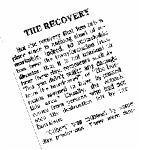Howard Campbell, Gleaner Writer
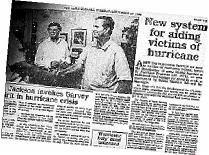
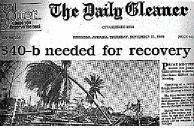
EDWARD SEAGA was an anthropology student at Harvard University in 1951 when Hurricane Charlie devastated Jamaica and killed approximately 111 people.
Thirty-seven years later, as prime minister, he helped the country prepare for another natural disaster.
Today marks 20 years since Hurricane Gilbert, a Category Three monster, struck Jamaica with maximum winds of 165 kilometres (100 miles) per hour.
For two days, it pummelled the 14 parishes, killing 45 people and causing an estimated US$8 million (J$40 billion) in damage.
Getting Jamaica back on track, the former prime minister told The Gleaner, was one of his administration's great challenges.
"Gilbert was tough. It was a three-month problem," said Seaga, who was elected prime minister in 1980.
Survival crash course
Seaga said he first heard of the hurricane just hours before it made landfall and, in that time, he addressed the nation on television and met with relief agencies. Because a generation of Jamaicans had never experienced a hurricane, part of his broadcast was a crash course in survival.
"I had to advise the people, among other things, that there would be a lull at sometime but that did not mean that the hurricane had passed," Seaga recalled.
It was during that break, on the second day, that Seaga saw some of the damage close up. He toured sections of Kingston with the Jamaica House-based Bureau of Management Support which filmed some of the scenes.
It was after the hurricane passed, however, that he witnessed the extent of Gilbert's destruction.
"I was amazed at the amount of houses that were destroyed, especially in St Thomas and Hanover. The roads all over were in a terrible state," he recalled.
Seaga ordered a state of emergency after Gilbert's winds subsided. He then contacted the diplomatic corps and asked for assistance from the respective countries.
Through this channel, workers from power companies in the United States, Canada and Great Britain arrived to assist Jamaica Public Service engineers fix flattened electricity poles. It would be weeks, in some cases months, before electricity was restored to many areas.
Toughest tasks
Soldiers from the Jamaica Defence Force were deployed to help out in rural areas that were badly hit while teams from the Social Development Commission performed similar operations in urban communities. One of the toughest tasks, Seaga said, was rebuilding low-income homes.
"Back then, we used to get a lot of zinc from the Philippines but there was a disaster there at the time, so we had to look elsewhere. In time, we mobilised enough zinc to take care of the damaged areas," he said. Seaga came in for some criticism from the Opposition People's National Party (PNP) during the relief effort. PNP leader Michael Manley said his statement comparing the country to Hiroshima, Japan, after the atomic bomb destroyed it in 1945, was irresponsible.
"He said it would prevent tourists from coming here, but I wanted to make the outside world see what we were going through," said Seaga, whose Jamaica Labour Party was voted out of office in February 1989. Two hurricanes (Ivan in 2004 and Dean in 2007) have hit Jamaica directly since Gilbert. Seaga believes the communication boom in the last 20 years has helped Jamaicans prepare better for hurricanes.
"Between cellphones, the Internet and improvements at the Met Service, it has made a hell of a difference," he said.
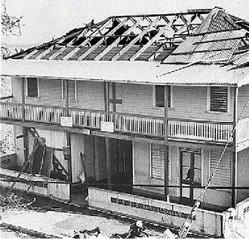
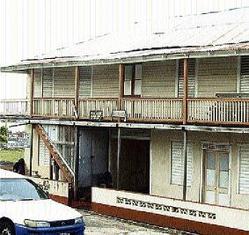
Situated across from the Morant Bay Police Station. Look at it today.
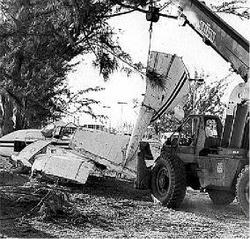
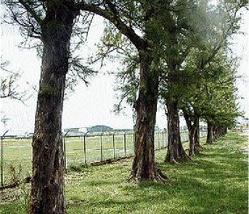
Gilbert airport - The most memorable sights of Hurricane Gilbert came from the Norman Manley International Airport. Today, it doesn't seem that interesting.
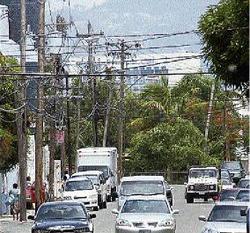
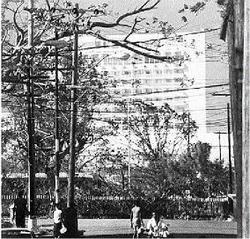
Gilbert Pegasus - After Hurricane Gilbert destroyed trees all across the Corporate Area, it became very easy to see from downtown Kingston all the way to The Jamaica Pegasus, today that is not such an easy task.
